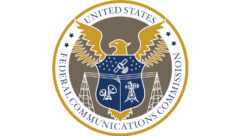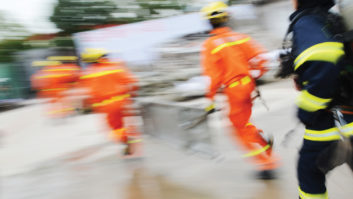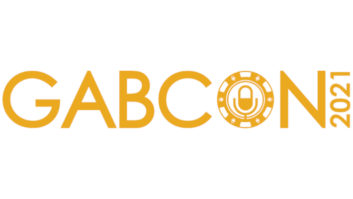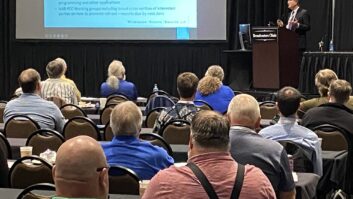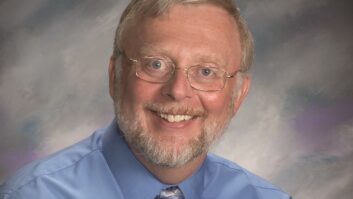I must respectfully disagree with Mr. Imlay and the gentleman from the ARRL in their opinions that broadcast engineers are not first responders (“Are Broadcasters ‘First Responders’? Let’s Not Confuse Roles,” RW May 9).

Having been what most people recognize as a “first responder” — performing duties as a volunteer fire officer, fire investigator and storm watch captain in multiple counties in Kansas, and being married to an EMT/TO as well as having a son who was an EMT — I fully understand the duties and responsibilities of the classical definition of a first responder.
I also recognize that those same duties and responsibilities are performed by those of us not only in the broadcast field but in other communications fields as well.
Granted, broadcast engineers would not need credentialing such as this on a daily basis, but like a fire extinguisher, when you need it, you need it now!
ROADBLOCK
My most memorable experience was with the Hoisington, Kan., tornado on April 21, 2001. An F4 tornado touched down on the southwest side of town and exited on the northeast corner, leaving a trail of destruction and one death in its wake. At the time I was the chief engineer for the Eagle Radio group in Great Bend but lived in Bennington about an hour and a half away.
All of our stations were off the air in the aftermath of the storm. After consulting with our director of engineering, I left for the area while he attempted to restart as many stations as he could remotely. Luckily, he was able to get a couple of them back on after power had been restored.
Meanwhile, heading to Hoisington, I was stopped about 10 miles out by Kansas Department of Transportation personnel, who were told to let no one in. It took about 20 minutes of fast talking before they allowed me to pass with the stern warning that I would run into a Kansas Highway Patrol trooper closer in. They apparently thought that would scare me.
I made it to the east side of Hoisington and talked to the trooper at his roadblock. He understood why I was there and told me I would have to find my own way, as the highway to the site was littered with downed power poles.
I did make it by taking backroads, and found that we did indeed still have a standing tower and that the site had suffered no damage, though it was without power. Four houses a half-mile east of the site did not fare nearly as well and were gone.
Once it was determined that we could get back on with a generator and got a couple of our stations on the air, I returned home to gather equipment and return after sunup the next morning.
After arriving at the site and seeing the conditions in the area, I called the FAA to report my tower light outage and also advised them that there might be a lot of air traffic the next day due to the disaster. This was the first they had heard of it and started gathering information so that they would be prepared for the increased air traffic.
Had our DoE not been able to get the other stations on the air, I would have had to make my way through not only part of the disaster area, but the staging area for disaster aid coming into the community. We had to have these stations up to report conditions as well as broadcast instructions from emergency management to the area population.
The next day, we were wall to wall with flood coverage from the storm the night before as the rain fall had affected a large area and closed down access to Hoisington from the west and south, from where most of the help was coming.
A STATE MATTER
This is one of many such instances that happen yearly across the United States, to say nothing of the anecdotes that came out of Hurricane Katrina. Due to my work with the PEP program, I have been credentialed for that, but those federal credentials might not mean much at a temporarily manned roadblock staffed by those who had never seen one before.
State-issued credentials for engineers are a good idea, with immediate revocation if misused. Getting the various state emergency management agencies to issue them will be a different matter, which I explored in detail for FEMA when credentialing of PEP engineers was considered many years ago. This is why FEMA themselves had to do the credentialing.
Again, engineer credentialing is a good idea, if it is administrated correctly at the state level. Due to the number of engineers who are now responsible for far-flung transmitter and studio sites, local credentialing easily could become a headache, if an engineer has to get credentials for each of their sites. Getting credentials for the states they work in would be much easier.
Thank you for the article, it was well thought out and did give one pause to consider your viewpoint.
Rod Zeigler, CBT, is director of engineering for the Nebraska Rural Radio Association (KRVN, KTIC, KNEB and KAMI). He is chairman of the Nebraska SECC and executive director of the National Emergency Broadcast Association.




